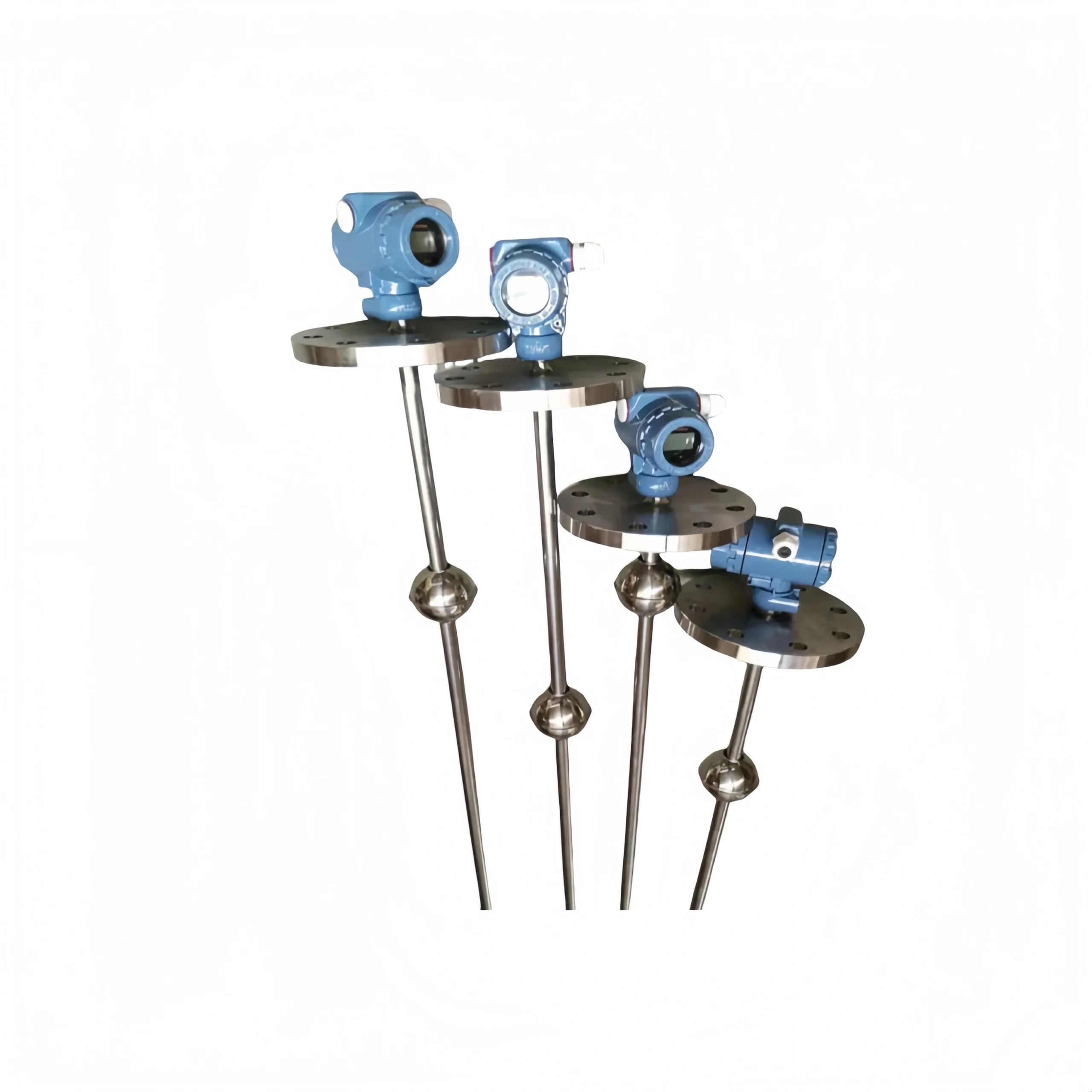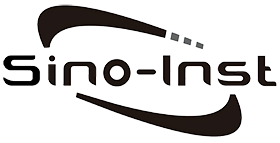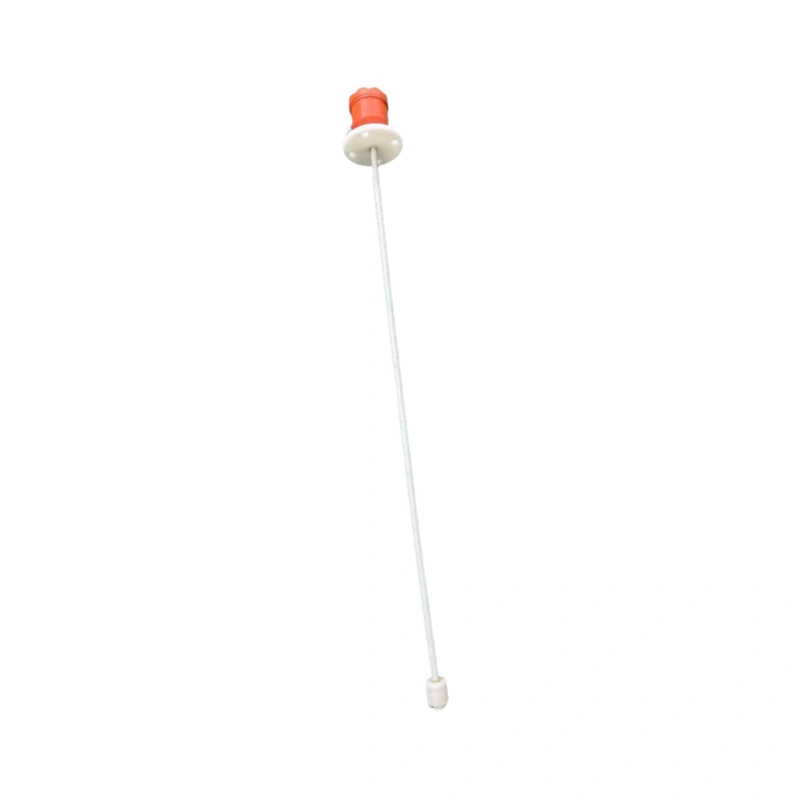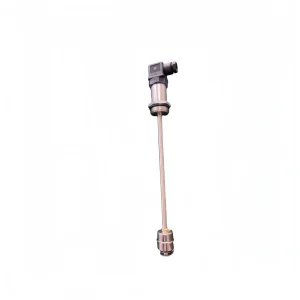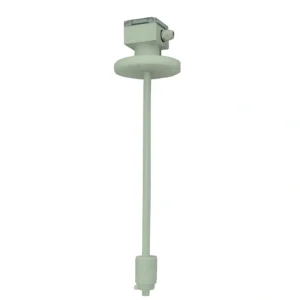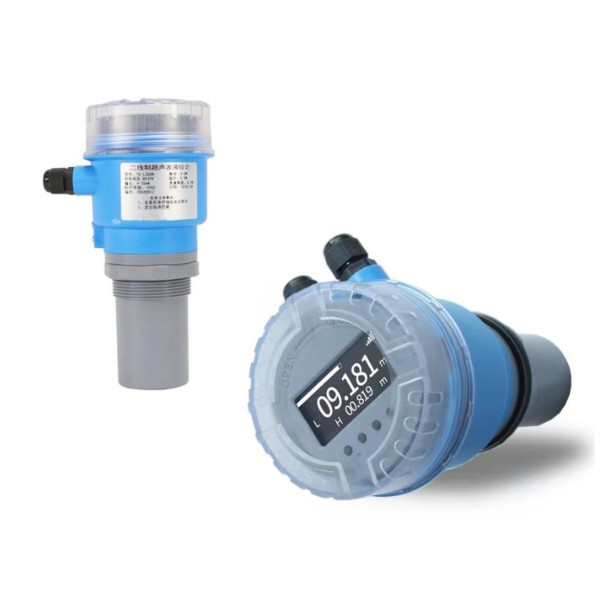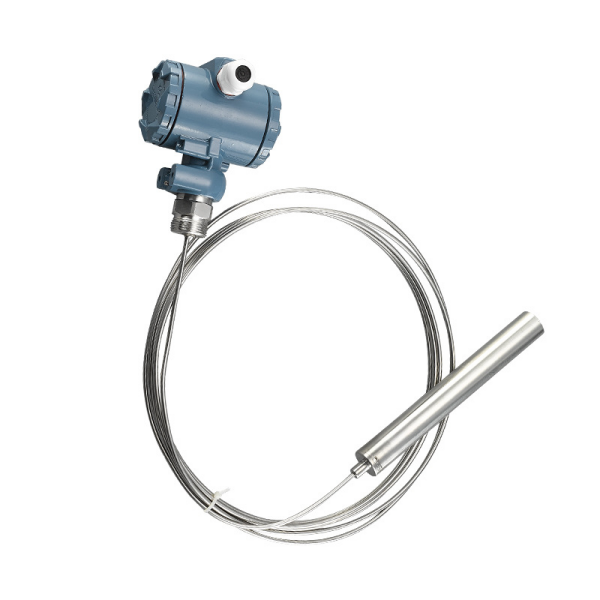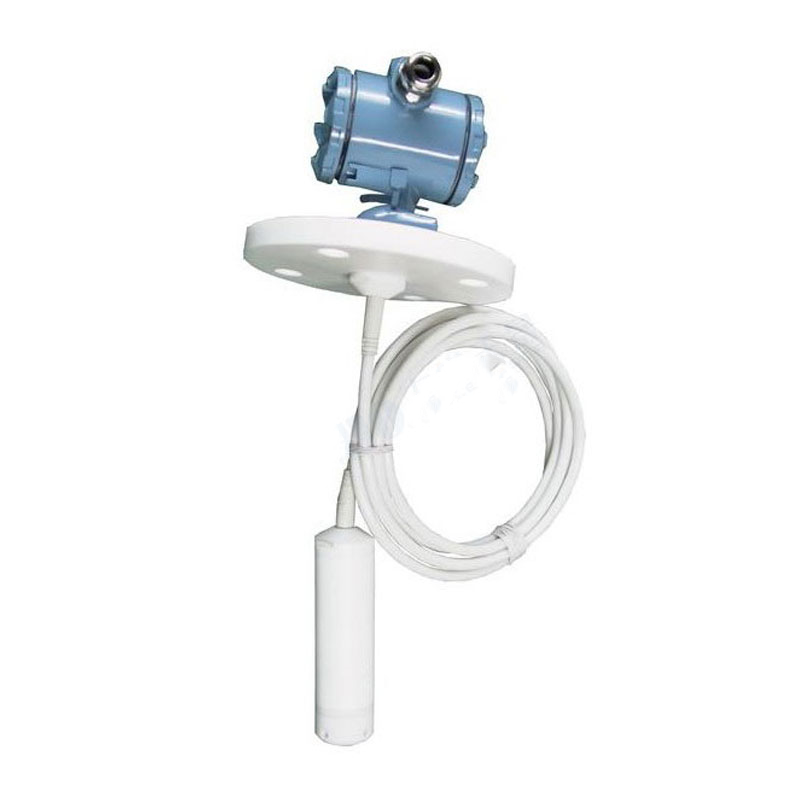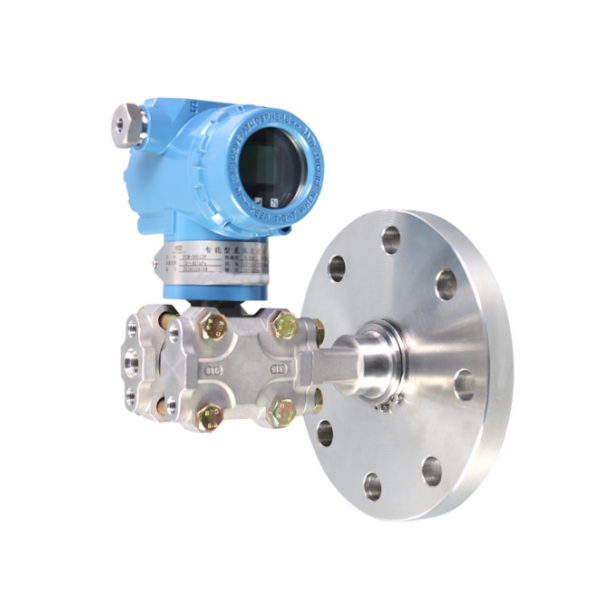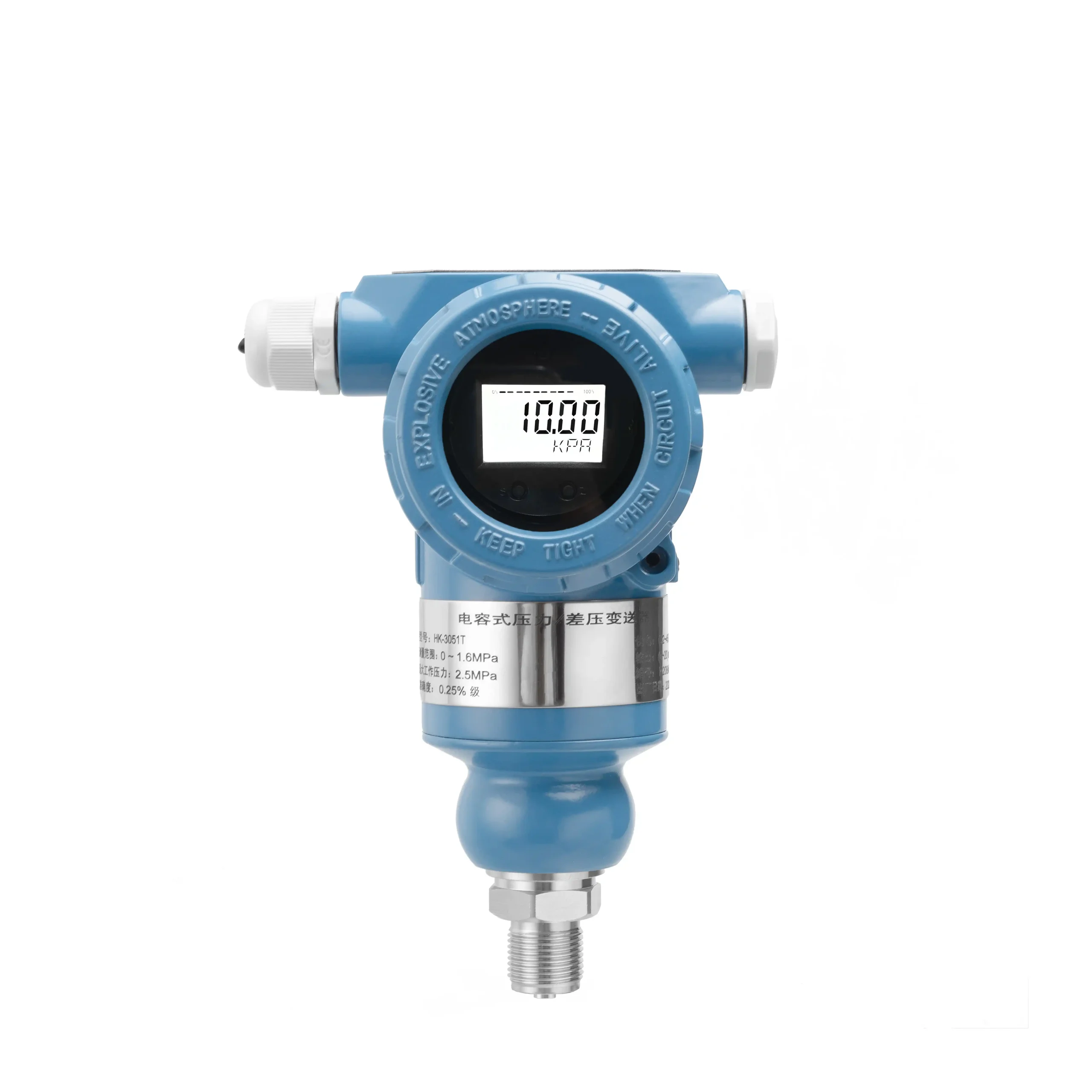How Does a Float Level Sensor Work?
The level meter uses the magnet in the float to change with the liquid level, to change the voltage divider circuit composed of the resistor in the connecting rod and the reed switch. The smaller the gap of the reed switch, the higher the accuracy. The voltage divider signal can be converted into 0/4~20mA or other standard signals through the converter, as shown in the figure below. The indicator can be used with other meters for long-distance indication.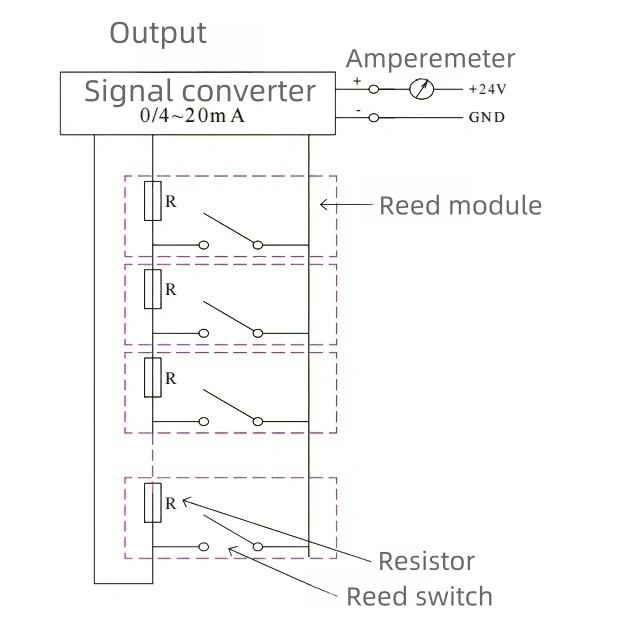
This product is a contact level measurement. If you want to use non-contact level measurement, please use a radar level meter or an ultrasonic level meter.
What are the Advantages of a Float Level Sensor?
The advantages of the float level sensor are its high measurement accuracy, wide measurement range, ability to detect toxic liquids, simple installation, low maintenance cost, and long service life. It can effectively reduce the cost of installation, maintenance, and replacement.
- Simple structure
- Wide measurement range
- High reliability
- Low cost
- Strong adaptability
- Diversified output
With these advantages, the float level sensor has been widely used in the field of liquid level measurement. And it provides a reliable guarantee for liquid level monitoring and control in various industries.